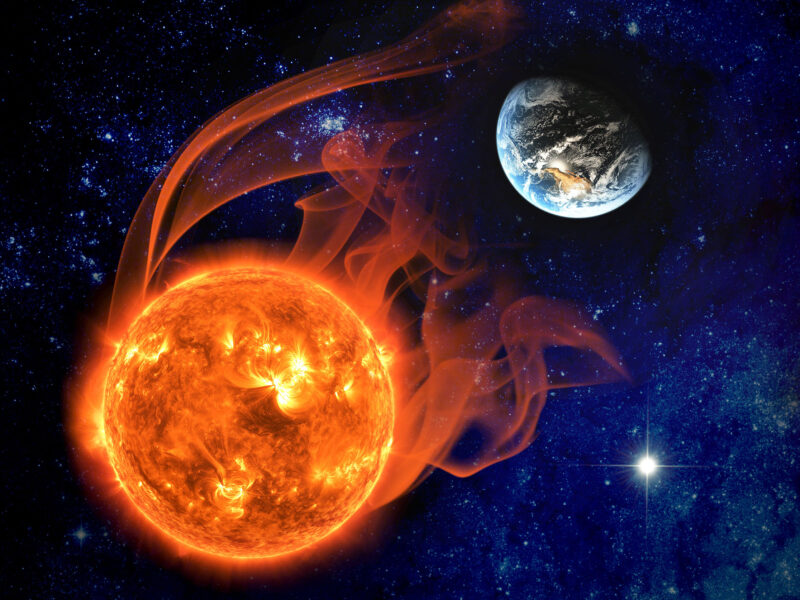Health Advisory:
By Dr. Willie T. Ong
Nobody wants a disaster to happen. Typhoons, floods and earthquakes come unexpectedly and may lead to a temporary cut-off in electricity, food and water supply. There’s no harm in being prepared just in case. In this article, I will share with you some basic knowledge on how to keep food and water safe during these times.
Essential Food and Water Supply:
First of all, have some stock of canned goods in your house. These packed foods can last for months and are an essential part of your food supply. Suggested food items are canned meat, tuna, soup, spaghetti, juices and fruits. Moreover, instant noodles, cereals, peanut butter, jams, chocolate bars, biscuits and powdered milk last long too.
For your water supply, each person should be allotted at least 1 gallon (3.8 liters) of clean water per day. Half of this water is for drinking, and the other half is for cooking and cleaning yourself.
How much food and water should you stock? Most experts recommend having at least a 3-day supply, divided into three meals a day per person (9 meals in 3 days), and 1 gallon of water a day per person (3 gallons of water in 3 days).
Of course, don’t forget to stock on a month’s supply of your maintenance medicines and some first aid medicines. Take note that the tips here are just a guide. We are not asking you to hoard food and water just yet.
Keeping Your Food Safe:
When the electricity is out, keep your refrigerator doors closed most of the time to delay food spoilage. Eat the perishable foods first in the refrigerator (like meat, chicken, eggs and leftovers) before opening the canned goods. Keep the freezer closed even if there’s no power. The ice in the freezer can keep foods safe for up to 48 hours.
If you suspect some foods to be spoiled already, throw it away. Foods with a foul odor, and those that have come in contact with flood water are unsafe to eat. Canned goods that are bulging, damaged or those that have been soaked in flood waters are not safe to eat. Flood water contains lots of bacteria that are hard to remove from food.
If you are breastfeeding your baby, continue to do so. If you are using infant formula, use clean or boiled water to prepare the milk. When cooking food, such as noodles, don’t use contaminated water.
Be sure to clean and disinfect areas that have come in contact with flood water. Kitchen utensils, pails and floors should be sanitized. Wash these items and surfaces with soap and water, then rinse with clean water. You can prepare a diluted solution of 1 teaspoon of unscented chlorine bleach (5 to 6% sodium hypochlorite) dissolved in 1 gallon of clean water.
Soak kitchen utensils, chopping boards, plates, cups, spoon and fork in this solution for one full minute, then allow to air dry. (Note: For disinfecting non-kitchen items like sink, floor and toilet areas, use a more concentrated solution of chlorine bleach by mixing one-third cup of bleach in 1 gallon of water.)
Keeping Your Water Safe:
After a flood or an earthquake, clean water may not be available. The disaster may have damaged the wells and water pipes. It is especially dangerous if human wastes (in the sewage) have leaked into the water supply. To prevent such an occurrence, the city should have an emergency plan for its water supply, like the setting up of a water treatment facility early on.
Use your common sense. Don’t use dirty water for cooking food, washing dishes, brushing your teeth, washing your hands, and preparing milk for children. Do not drink water that has an odor, or if you suspect might be from a contaminated source. Sources of water from inside the home, such as the swimming pool, are not safe for drinking, although they may be used for cleaning.
Avoid drinking coffee and alcohol during these times because it can dehydrate the body, and make you thirst more for water.
In an emergency, there are three ways to make your water safe: boiling, using disinfectants and filtering. There are commercially available portable water filters that can be used to clean the water.
Studies show that boiling is the best way to kill viruses, bacteria and parasites in the water. If your initial water supply is clear, then you can proceed to boil the water for at least 3 minutes from the time of boiling.
However, if the water is cloudy, you can first filter the dirt and sediments by having the water pass through a clean cloth or a paper filter. You can also let the water stand for a few hours to let the sediments settle first. After boiling, let the water cool down before storing this in sealed and clean containers. If you don’t like the bland taste of boiled water, you can add a pinch of salt to a liter of water.
Another way to get safe water is to use a disinfectant, such as chlorine bleach, iodine, or chlorine dioxide tablets. These solutions can destroy the disease-causing germs. Just like in boiling water, cloudy water should first be filtered using a cloth or paper towel, or allowed to stand to let the sediments settle at the bottom. After getting the clear-looking water, you may use any of the three disinfectants.
- Household unscented chlorine bleach – If there are instructions on the label, follow them. Otherwise, use unscented chlorine bleach preparation composed of 5 to 6% sodium hypochlorite. Add 8 drops (1/8 teaspoon or 0.6 ml) of this solution for every gallon of clear water. If the water is cloudy or from a suspicious source, add twice the chlorine at 16 drops (one-fourth teaspoon or 1.3 ml) per gallon of water. This is equivalent to 4 drops of chlorine bleach for every liter of cloudy water. Mix the bleach thoroughly in the water and let it stand for 1 hour before drinking. Store in sealed and clean containers for future use. (Note: On the average, there are 60 drops of liquid in one teaspoon, which is 5 ml.)
- Povidone iodine – Another way to disinfect water is to use 10% povidone iodine. Use 4 drops of Povidone iodine for every liter of clear water. Let it stand for an hour before drinking. However, experts say that this method should only be used for a short period of time.
- Chlorine dioxide tablets may also be used if available. Follow the instructions for use.
- Lastly, where can we obtain our initial water source to be used for boiling or disinfecting? You may use tap water if available. Other sources would be to collect rainwater, or water from rivers and streams (moving water)
We do hope such a disaster does not happen. But having a trial preparation for such an event is a good exercise, and may even save your life.



